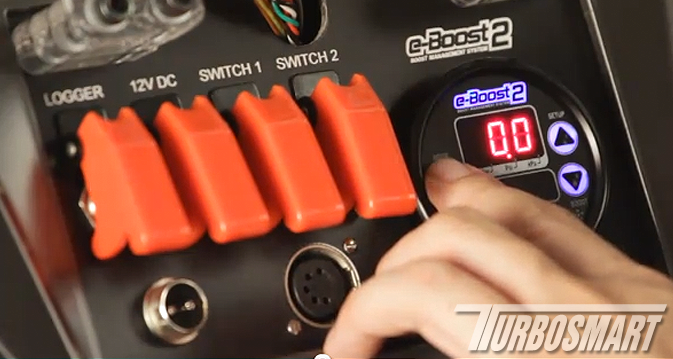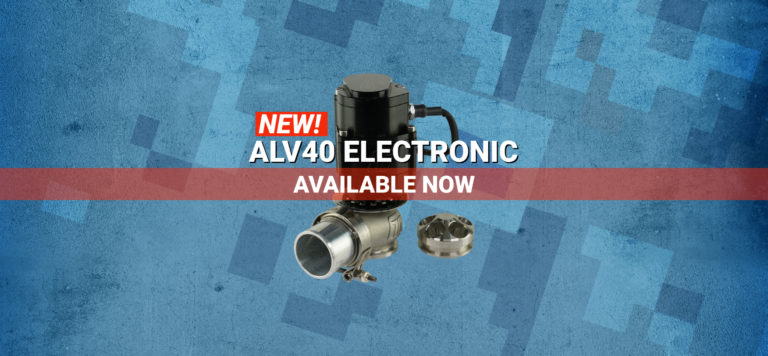StraightGate Technology
It’s been almost 2 years since Turbosmart released the eSG50 Electronic StraightGate and we continue to be blown away by the way the technology has been adapted and used.
The STraightGate
The StraightGate is a butterfly-style external wastegate that was designed as a more efficient form of hot-side boost control. The butterfly system is, for the most part, self-balancing which means unlike a poppet style wastegate where 100% of the exhaust gasses, or ‘drive-pressure’ is trying to push the valve open, the butterfly system has 50% of the exhaust pulses trying to push the gate open and the other, trying to push it closed. This 50/50 effect virtually cancels each other out, removing exhaust gas drive pressure from the boost control equation. The result?
Reduced effort Equals Increased Control
The mechanical force required to control the boost is massively reduced. With this reduced ‘effort’, comes increased control.
Being a butterfly-style valve means increased ‘resolution’ around low opening angles and being straight, rather than having to turn the gasses 90 degrees: flows more.
So you have an external wastegate that flows more, has more control (especially around low opening angles) and has the widest possible ‘tuning window’ of any wastegate on the planet! What’s not to love?
StraightGates Used on the Cold Side!
The most exciting part of releasing the wastegates wasn’t these things however, it was what was to come. That is, how Turbosmart customers used them. What creativity, what engineering and what ideas would be tested to make the most of them?
Well. Charge Control to the front!
One of the applications we simply didn’t anticipate was the StraightGate being used on the cold side. Yes, you read that right: Cold side.
Fine Tuning the Straightgate
But I thought this was a wastegate. It is. We developed it to ensure it could handle 1300 Celsius (2372 Fahrenheit) exhaust gas temperature. It is a hot side wastegate. As above… It’s the highest flowing in the world in fact and capable of closing against huge drive pressures, really fast with loads of control.
None of that matters when your customers and partners realise the sort of fine-tuning, resolution and predictive control it is capable of is exactly what was needed to tame their pro-mod beasts… on the cold side. In an application where every millisecond matters, it turns out telling the turbo to slow down or speed up on the hot side ‘is so last year..!’.
Charge Control means immediate changes.
StraightGate means precise changes.
And that’s how winning is done!
Not sure about all witch-craftery?
Our best et to date is 3.59 218.55, I included a copy of the time slip and some pictures of the car.
My opinion is the charge pipe mounted straightgate and the Fueltech FT600 controlling it, is one of the greatest things to happen to turbo cars for drag racing in a long time. It gives us total control of the boost curve is extremely repeatable and responds to the smallest changes we make. It has cut our spool-up time almost in half over a conventional exhaust gate and basically gives us a boost on demand. We can basically run our turbo combo just like a blower combo but with 1500 more HP.
It’s a total game-changer for me. Mark (Micke)
FuelTech USA
A recent dyno session at the Georgia-based headquarters of FuelTech USA revealed a staggering 4,779 WHP. It is certainly one of the highest results the dyno recorded, but the key difference is in the details with this package // Mark Mice’s Promo Mod 1969 Chevrolet Camaro.
Video Credit to FuelTech USA
Custom setup and need advice?
Find products to suit your car
About Turbosmart
From our humble beginnings to establishing ourselves as a global brand. Turbosmart is well on track to lead the future in turbo technology.
Our engineers, build and track test all products in-house. Therefore, we ensure we’re continuously producing the highest quality blow-off valves, wastegates, boost controllers, gauges, pressure regulators, and hoses. For this reason, our products are designed to be used on both track and street applications.



